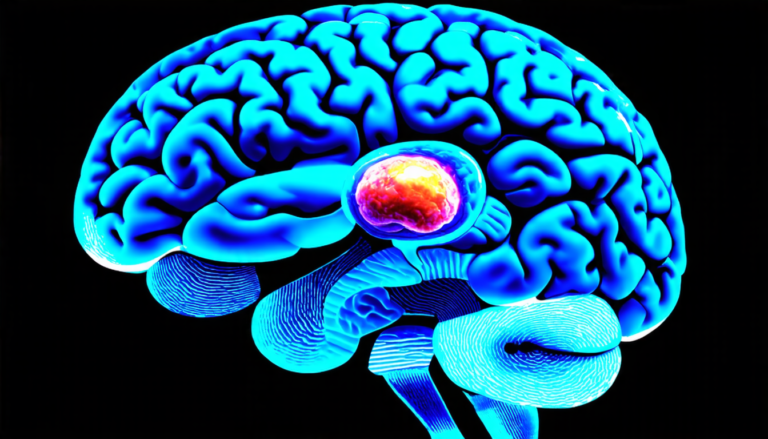Tuesday 24 June 2025
As we settle into our seats at a live music venue, the lights dim and the anticipation builds. The band takes the stage, and suddenly the room is bathed in a kaleidoscope of colors and patterns. But have you ever stopped to think about how those lights are chosen? For decades, lighting designers have relied on intuition and experience to create the perfect atmosphere for a concert. However, this approach can be hit-or-miss, leaving audiences underwhelmed or overwhelmed.
Enter Automatic Stage Lighting Control (ASLC), a field that’s been gaining traction in recent years. The goal is simple: use artificial intelligence to learn from experienced lighting designers and generate stunning light shows that complement the music in real-time. It’s a challenge that requires a deep understanding of both music and lighting, as well as advanced algorithms that can adapt to different genres and styles.
Researchers have made significant progress in recent years, but most approaches have been limited by their reliance on rule-based systems. These methods classify music into predefined categories and map them to pre-defined light patterns, resulting in formulaic and monotonous outcomes that lack the nuance and creativity of human designers.
A new study published recently seeks to change this paradigm by conceptualizing ASLC as a generative task rather than just a classification problem. The researchers developed an end-to-end solution called Skip-BART, which takes audio music as input and produces light hue and value (intensity) as output. The key innovation is a novel skip connection mechanism that enhances the relationship between music and light within the frame grid.
The team tested their approach using a dataset of real-world stage lighting sequences and compared it to traditional rule-based methods. The results were striking: Skip-BART outperformed its competitors across all evaluation metrics, and showed only a limited gap compared to human lighting engineers.
To further validate their approach, the researchers conducted a human study where participants evaluated four different lighting patterns – including Skip-BART – under six different metrics. The results were clear: Skip-BART was consistently rated higher than the other methods, with its adaptive and creative light shows resonating with audiences.
The implications of this work are significant. For music venues and festivals, ASLC could provide a new level of sophistication and flexibility in their lighting designs. For music producers and artists, it could offer a unique way to express themselves and connect with their audience. And for researchers, it opens up new avenues for exploring the intersection of music and light.
Cite this article: “Revolutionizing Live Music: AI-Powered Stage Lighting Control”, The Science Archive, 2025.
Music, Lighting, Artificial Intelligence, Automatic Stage Lighting Control, Generative Task, Classification Problem, Skip-Bart, Audio Music, Light Hue, Intensity







